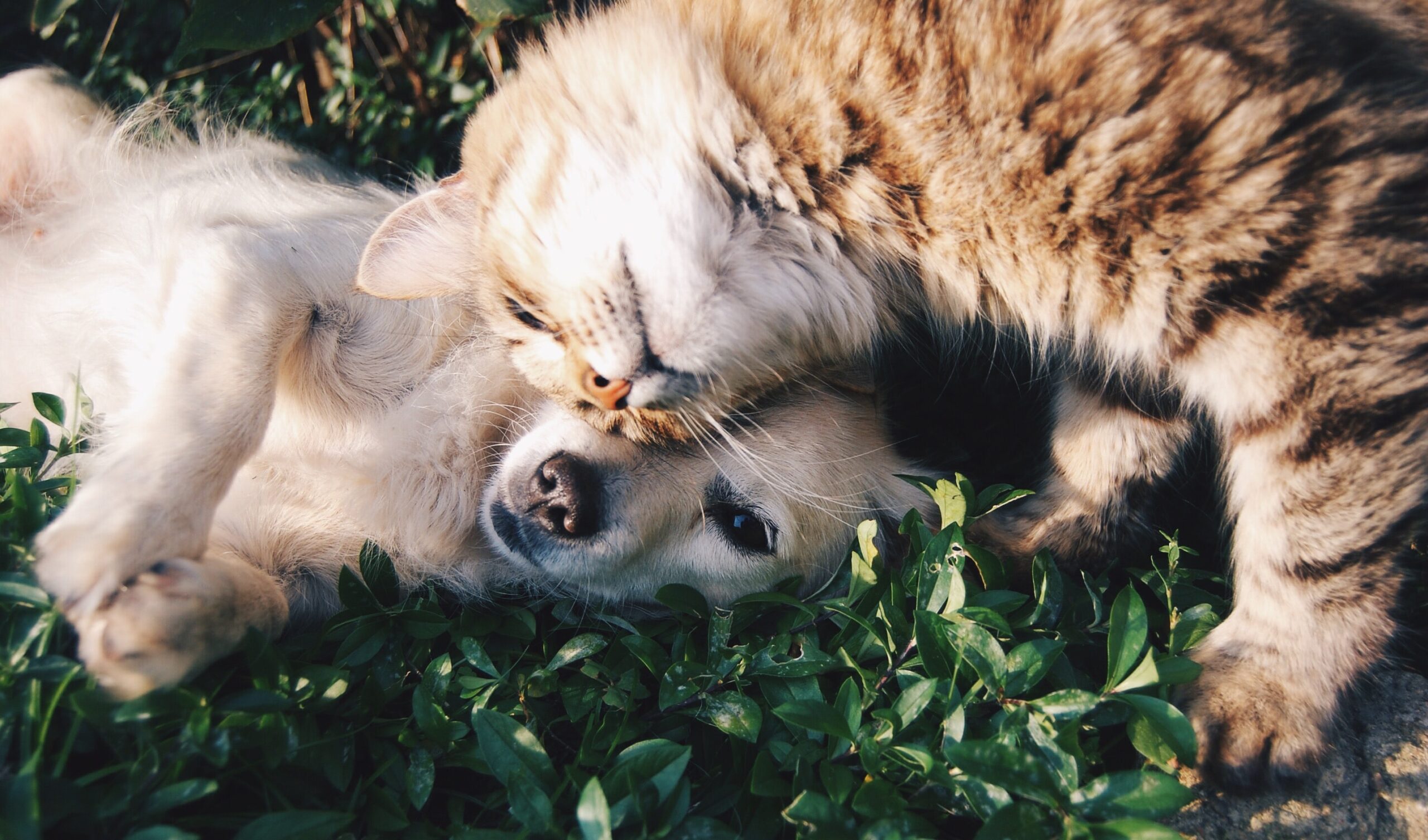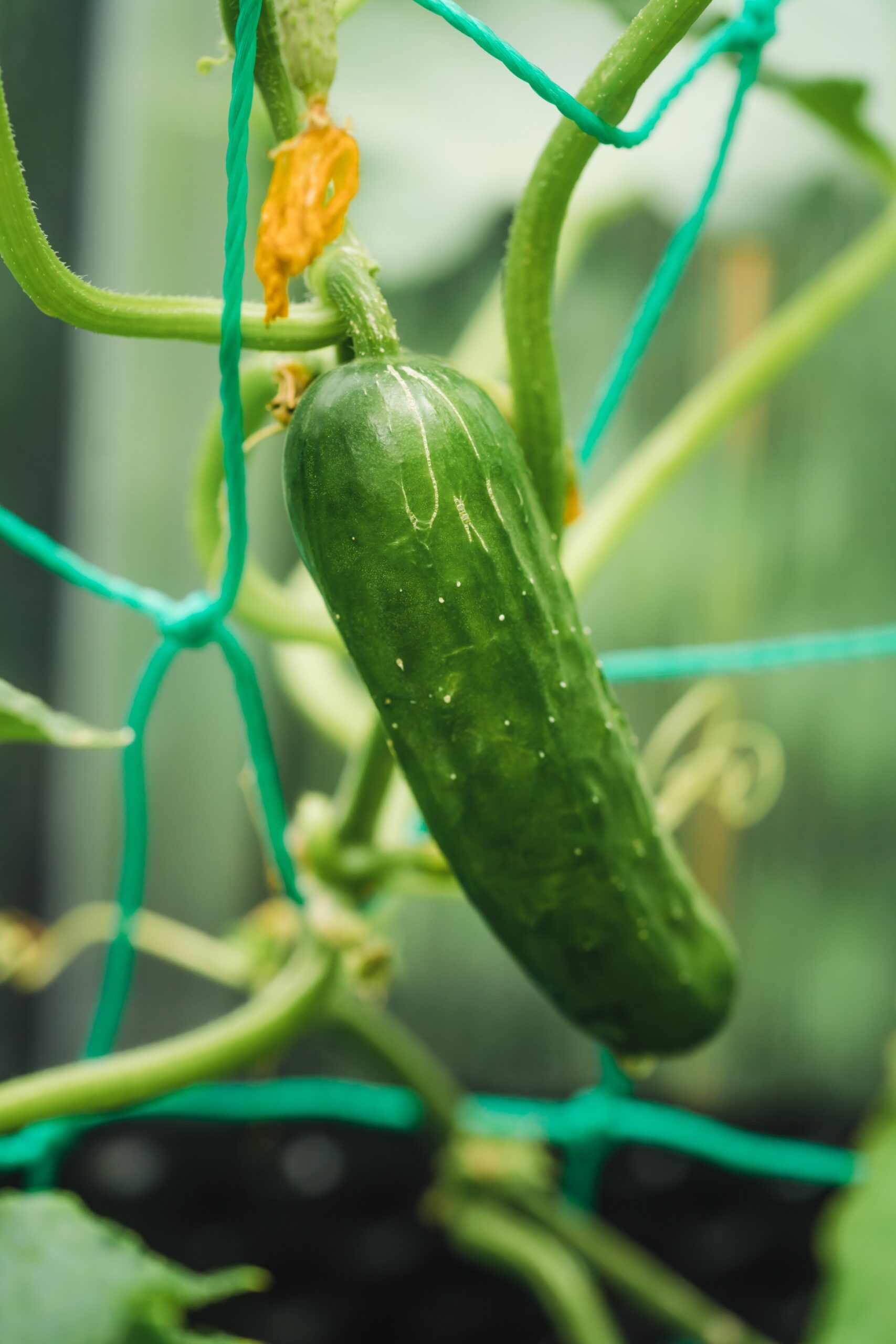Modern-day popular pets – our feline and canine friends – use their superb senses to help out their humans.
Our feline and canine friends have superior senses to humans. Having such sensitivities allows our pets to empathise with us. They can feel our pain, protect us from harm, comfort our heartbreak, reduce our stress levels, aid recovery, and help make us healthier, more joyful people.
Nineteenth-century pioneer nurse Florence Nightingale recognised how pets could help with her patients’ recoveries. She rescued and reared her own companion owl, Athena, who travelled with her everywhere – Athena would hang out in her pocket as she worked.
Nowadays, dogs are specialist therapeutic workers. They’re trained to guide the blind and teach people with epilepsy to lie down before having a seizure. The presence of dogs can help calm those who may self-harm, and they can bring joy to those who feel disconnected in prisons, rest homes, and mental institutions.
A dog’s non-judgmental heart allows it to give unconditional love, loyal companionship, and life purpose to even society’s most notorious criminal offenders.
Cats can calm and soothe. The American Heart Association discovered that owning a cat can lower blood pressure and reduce the risk of suffering from heart disease, diabetes, or a stroke.
The American Medical Association published a journal that discussed how owning a cat early in childhood can reduce allergies and lower the risk of asthma.
A furry family member
Children who grow up with a pet benefit from a furry friend who can help them with their emotional development. Pets teach kids empathy, friendship, responsibility, and – by watching the progression of life and death through pets’ shorter lifespans – how to overcome grief.
Pets give a sense of routine. They encourage exercise and give us a sense of purpose in caring for their needs. This is especially rewarding for the mental health of our elderly, and those who don’t have children or live alone.
Pets mourn the death of loved ones, feel the pain from breakups and carry past trauma just like humans. They’re so empathetic they take on our behaviours and mimic our personalities – and we sometimes think animals even start to look like their owners.
Some experts in pet psyche and communication believe that if pet owners lack the ability to express their own emotions healthily, that will be expressed through their animal’s behaviour. Some people now medicate their animals for anxiety and depression.
If your lifestyle doesn’t allow you to have a pet, there are many ways you can bring animals into your life. Volunteer at an animal shelter or hang out at dog parks or at the beach early in the morning or straight after work.
Learn to whistle just loud enough for dogs to hear you so they come for a pat. Practice your telepathy skills with that stray cat or offer to look after your neighbour’s cats if they go away on holiday. Even just watching cat or dog videos will lift you out of a sad mood as they expand the heart.
An ancient connection
Dogs and cats were thought of as sacred and both were worshipped in ancient Egypt. Cats were symbolic of feminine intuition and were painted at the feet of priestesses.
Cats were also often shown with third eyes, insinuating their connection with divine wisdom. Dog and cat heads were painted with human bodies representing many deities.
Since then, many believe animals have a stronger sixth sense than humans, meaning they can see other dimensional beings and communicate messages telepathically with each other – and with us when we’re connected and quiet enough to listen in with our hearts.
Because of their innate ability to feel deeply, we don’t have to even speak or yell to get our pets’ attention. Those who believe they communicate telepathically with animals say they connect through showing visions. They suggest they show how they feel or what they want, and we can communicate at a deeper level with our pets through intuition.
It’s a great practice to have the intention to send love energetically to pets who feel anxious. Try allowing time to take a moment to connect and take in the absolute unconditional love, natural joy, and contentment they have in the present moment.
The lessons we can learn
We can learn so much from an animal’s ability to connect with their natural environment through their senses, and their ability to find joy in the simplest things – whether it’s the sensation of a chewing a stick, lying in the sun, or their curiosity of what’s over the fence.
There’s wisdom in connecting to our own inner animal rather than trying to make our pets ‘human’ by putting them in clothes and feeding them human treats. Our pets want nature rather than the squeaky toy or the pet outfit.
They want to explore, climb that tree, run in the ocean, and scratch their back on the grass. We must remember they’re animals, not people.
Whether people like pets or not, animals should be held with the utmost respect for the work they do in our communities.
They should be treated as sacred beings, as they know a lot more than what most humans in the world give them credit for. They’re our beloved healers.
More than a furry face
- We often assume dogs have the most superior nose, but cats have more scent receptors, meaning they can take in a wider variety of smells.
- Dogs evolved with humans to be omnivores, whereas cats are strict carnivores. Cats also can’t taste sweet things, whereas dogs love them.
- Both dogs and cats have eyes designed to pick up movement in low light, including ultraviolet light that humans can’t see.
- Dogs can see a hand move from a mile away. Cats can see in the dark up to 200 feet.





